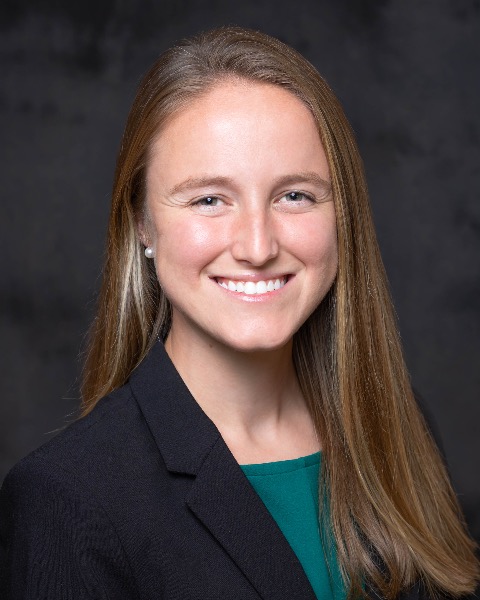Interventional Oncology
Development of 3D tissue matrix to measure drug transportation properties of embolic delivery systems

Christina Dalzell, MD
IR Resident
University of VirginiaDisclosure(s): No financial relationships to disclose
- EF
Ella Frazier, BS
Undergraduate Student
University of Virginia - WL
Way Lillian, BS
Undergraduate Student
University of Virginia - CD
Caroline Doyle, BS
Undergraduate Student
University of Virginia - DB
David L. Brautigan, PhD
Professor
University of Virginia .jpg)
Luke R. Wilkins, MD, FSIR
Associate Professor
University of Virginia
Poster Presenter(s)
Author/Co-author(s)
Previous findings have shown the combination of transarterial embolization (TAE) therapy and caffeic acid (CA) is superior to TAE alone in the treatment of hepatocellular carcinoma (HCC). The present study sought to develop and evaluate a 3D cell culture that mimics the tumor microenvironment to elucidate the local transport properties of CA when combined with ethiodized oil.
Materials and Methods: A custom tissue matrix was constructed using human collagen I, human collagen III, human fibronectin, and laminin. The HCC cell line, HepG2 (ATCC HB-8065), was used for creating a cell suspension that was added to the matrix at desired cell seeding density. The mixture was plated in a 96-well tissue culture insert with a membrane pore size of 0.4 µm (Millicell, Millipore Sigma). Fluorescent confocal microscopy was used to visualize cellular distribution within the tissue surrogate. Permeability assays and transport assays were performed with Lucifer yellow (LY) and fluorescently labeled conjugated bovine serum albumin (BSA), respectively. Assay and transport analysis was performed on both aqueous CA and CA with ethiodized oil.
Results: The tissue surrogate visualized through confocal microscopy with DAPI confirmed successful growth with confluence of cells within the matrix. Transport rates of LY and BSA were calculated at 4.0 ± 0.098% per hour and 2.8 ± 0.88% per hour, respectively. Aqueous CA demonstrated a transport rate of 2.1 ± 0.97% per hour for aqueous CA and 0.40 ± 0.083% per hour for CA dissolved in ethiodized oil.
Conclusion: The present findings demonstrate the use of 3D cell culture to mimic the tumor microenvironment and test transportation properties of drug and drug delivery vehicle in a reproducible and cost-effective method. CA transport was determined to be similar in mechanism to BSA transport, vesicle-mediated transcytosis. It was also concluded that ethiodized oil slows the rate of CA transport and is ideal for HCC treatment. This work can serve as a starting point for further TAE + CA procedure optimization.

.jpg)
.jpg)
.jpg)
.png)
.png)
.png)
.png)
.png)
.png)